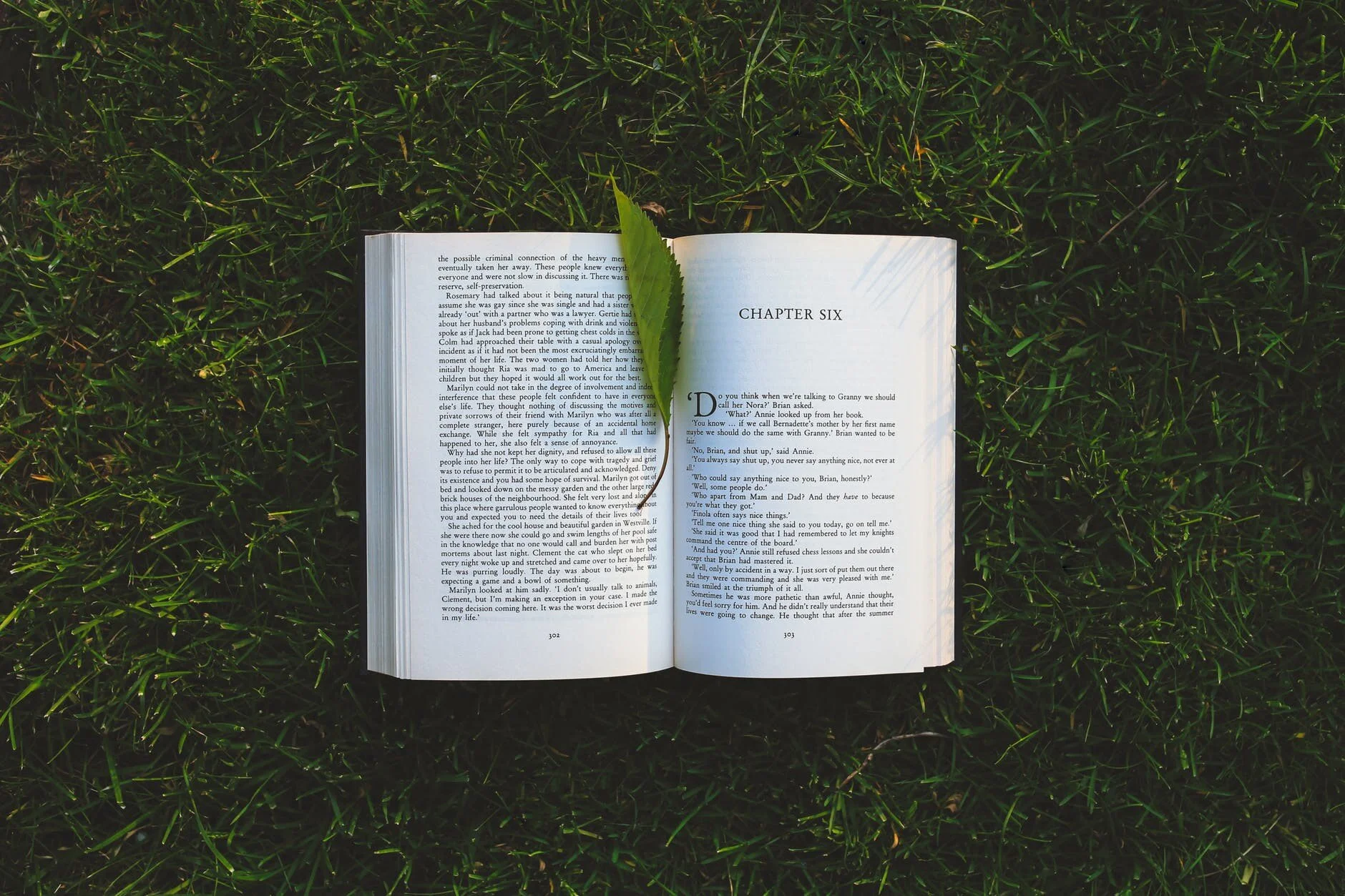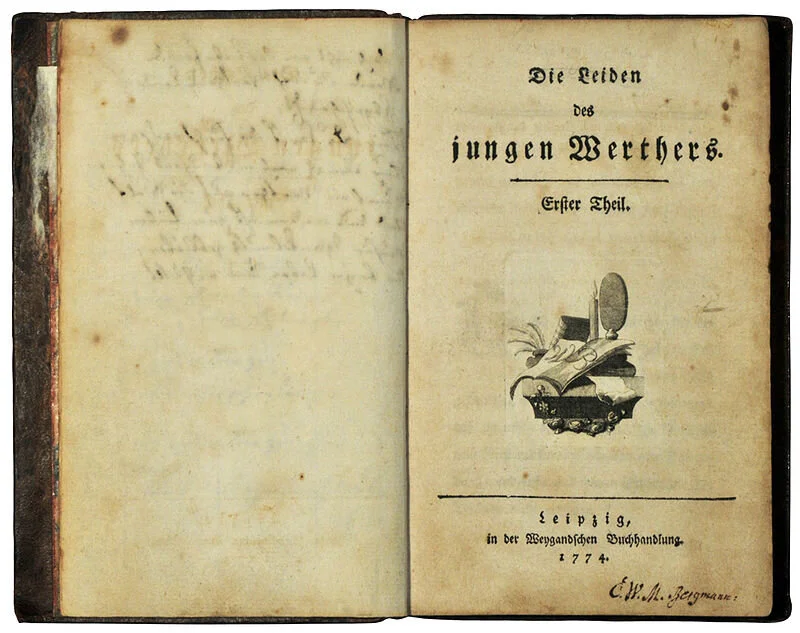Novel Structure — How To Write A Captivating Chapter
I was recently editing a friend’s first novel and one of my major comments was a commentary on chapter flow.
While I could intuitively point out where a chapter went wrong through some level of literary osmosis which I’ve acquired over the years, I realized I hadn’t ever thought about what made a chapter, how they should be structured, and why we even have chapters in the first place.
I figured one way to remedy this would be to write it to myself, and see what I learn.
Why Have Chapters At All?
Chapters have so long been ingrained into my literary psych that I hadn’t ever thought to question their existence. Why do we have chapters? Where did they come from? Why make anything episodic at all?
I think there’s four great reasons why novels (and television shows) have chapters.
After each chapter, it gives the reader a chance to stop and reflect on what they’ve just read, what it means to them, and what it means for the story at large.
If you were to pick up a book with no chapters and sift through it, you might be overwhelmed by the enormity of the task ahead of you (and surely, some people are, with or without chapters). But having a chapter allows the reader to have small bits of accomplishment throughout the text, which makes the text feel more manageable to digest.
In a more practical sense, it simply gives the reader a place to stop, without feeling like they have to drudge on until the book is complete.
Finally, chapters are a great way to signal change, including physical space change, plot-driven change or progress, or character change or progress.
How Long Should Chapters Be?
This may be a cop-out, but to answer the question indirectly, chapters should be as long or as short as you need them to be.
What you should consider, when thinking about chapter length, is the following question: was there a completed story arch (no matter how small or big) in the chapter you just wrote, with a beginning, middle, and end?
What did my character learn during the chapter? What plot progress took place? What was the overall point of my chapter? Did my character learn something about the story or themselves? Did the audience?
If you’re having trouble answering some of these questions, your chapter may be too short. If you’re answering all of the questions multiple times your chapter may be too long.
To me, a chapter should have a single location, some development of the major plot, with a relative conclusion of internal (chapter-specific) plot points by the end.
How To Start A Chapter
There are a few ways to start a new chapter. You could drop them in a new scene, which will slow down the action, but give a reader a psychical cue to start imagining the new place that they’re in.
You could use expressive language that sets up the central theme of the chapter. In chapters that will deal with heavy subjects, this is a favorite of mine. Here’s how I started chapter 16 of my novel, It’s A Long Way Down.
“A good addict isn’t built overnight. He isn’t built in a week, or two weeks, or a month. An addict, much like a well-deserved discipline, a martial art, a painting, or a poem, takes time to build — and a fair bit of money — and David had as much of either of those as any junkie ever had.
However, within him still remained a last quality that, in order to be a full-fledged card carrying member of team tar, to wear, not his heart on his sleeve, but junk in his veins, had to be expunged: his pride.
A junkie’s pride — once the junk has embedded itself into the cellular structure, once it has forced itself into every nodule and nook and nether region, once it is a necessary part of the human biome, a cellular symbiosis, a partnership baked in the intertwining facets of pleasure and pain, when you would do anything, everything, for one more taste, one stretched dollar, a soul for a spoon, a prick for a prick — is always the last to go, the final stage in a metamorphosis that no man should undertake.
David, naive to the state of his body’s new chemical makeup, had to learn this the hard way. He had, as the proud do, decided that he wasn’t a man who bent the knee to any drug. He had to show himself that every decision he made was a conscious one, that he had a will of his own, was a man with agency.
But, sooner or later, pride leaves the body, and what is left is the junk and a man must come to terms with a solitary truth: knees were made to bend.”
You can drop them in immediate action or a phrase of dialogue that makes them wonder about the context, so that the reader is pulled in.
But what often happens is a writer starts the chapter too far back. Leaving things unsaid, or plots unexplained, or readers in the psuedo-dark, allowing the immediate scene and the context of the scene to fill in the blanks, is a great way to improve the pace of your novel and keep the reader on the edge of their seats (or reading chairs).
How To End A Chapter
There are at least two acceptable ways to end a chapter (and I say at least because I may be forgetting more).
The first is when the general theme, character goal, or plot point which you were developing or exploring within that chapter as been completed or resolved.
The other is on a cliff hanger.
The structures are different, but equally valid, and an effective novel with a varied and engaging pace will make use of both.
When you do make use of a cliff hanger, it’s good practice to not explain or resolve the cliff hanger in the very next paragraph (the first paragraph of the next chapter).
As humans, when we create tension, we want to resolve it. As writers, we want to carry that tension on and explore it as long as possible.
If you’ve done it right, each chapter should have a set up, development, and conclusion (or cliff hanger).
If you have a lot of chapters with set ups and conclusions, but not development, your pace will feel too fast.
If you have a lot of chapters with set up, development, and no conclusion, your pace will feel slow.
And if you have a varied length of set up, development, and conclusions, you’ll keep the reader turning pages.
Hope this helps.
>> Download The Self-Publisher’s 56 Point Editing Checklist: How To Go Straight To Print. <<



